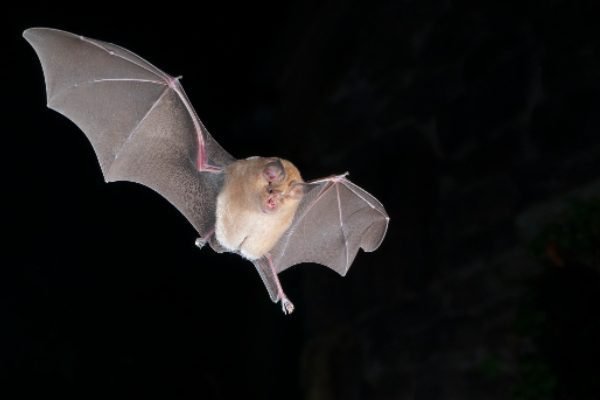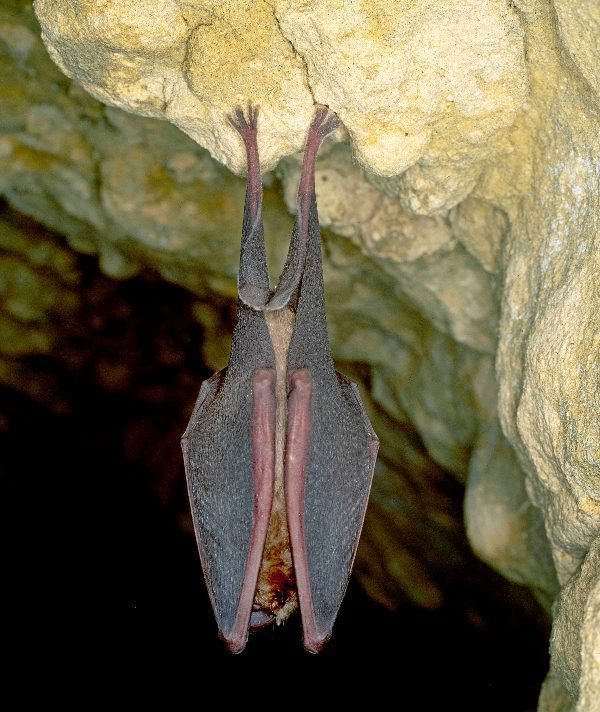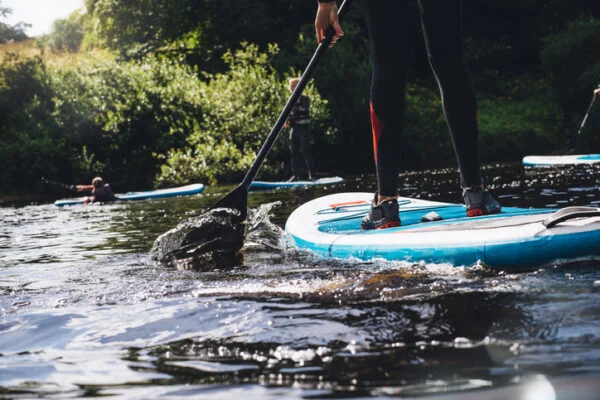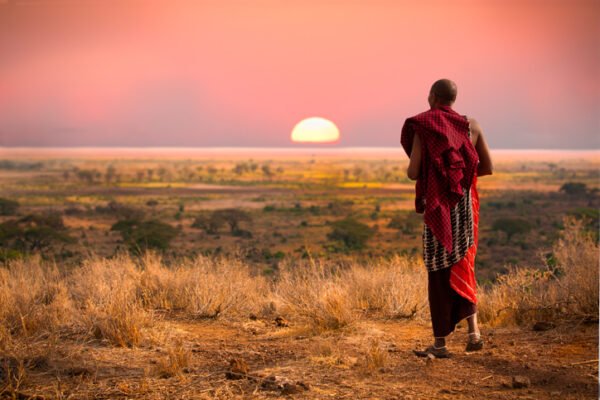Main image credit: Andrew McCarthy
This article first appeared in our ‘Why organic is the answer’ issue of My Green Pod Magazine, distributed with The Guardian on 03 September 2021. Click here to subscribe to our digital edition and get each issue delivered straight to your inbox
‘And bats went round in fragrant skies,
And wheel’d or lit the filmy shapes
That haunt the dusk, with ermine capes
And woolly breasts and beaded eyes’
ALFRED, LORD TENNYSON
Tennyson’s reference to ‘ermine capes’ suggests he is talking about horseshoe bats and their peculiar habit of snugly wrapping their wings around their bodies as they hang freely, dangling by their spindly legs − a quirk that’s not seen in other British bats.
Tennyson must have been familiar with horseshoe bats, yet they no longer breed in any of the English counties in which he once lived − until now.
I am standing in a bed of nettles in the yard of a derelict Victorian stone stable block in West Sussex, surrounded by woodland and grazed pasture − not far from Tennyson’s Blackdown home. It is a victim of weather and neglect, but the structure has a new purpose: with just a handful of residents, it is probably the most important greater horseshoe bat maternity roost in Britain.
A West Sussex home
An extraordinary journey has been undertaken by a small number of pioneering bats. A breeding colony of this rare species has recently been discovered here in West Sussex − 100km east of its south-west England stronghold.
It is 100 years since greater horseshoe bats bred anywhere in south-east England, after an alarming decline in numbers in the 20th century. By some estimates, the population in Britain fell by a catastrophic 90%, the result largely of habitat loss and a lack of suitable roost sites.
Since the 1980s, Vincent Wildlife Trust has been buying up and conserving roost sites of the horseshoe bat; today the wildlife charity now has around half of all greater horseshoe bat roost sites under its wing.
Species recovery in action
The work of the Trust, alongside the introduction of legal protection in 1981 and a series of mild winters over this period, has resulted in a reversal of the bats’ decline. Today, numbers have grown from a 1980s low of around 4,000 to an estimated 13,000.
That may sound a good number, and it is certainly a success story, but compare it with around 3 million pipistrelles, our commonest bat, and you get the picture.
To find this outlier breeding colony in the south-east is a welcome sign that this bat is outgrowing its stronghold in south-west England and spreading into pastures new.
This is species recovery in action – a biodiversity good news story – and we are in desperate need of those right now. But the bats need a helping hand. They are not easy to please.
 Play Video about This Rock Might Just Save The World
Play Video about This Rock Might Just Save The World Play Video about Play 2 hours of rock
Play Video about Play 2 hours of rock Play Video about Play 2 hours of brook
Play Video about Play 2 hours of brook Play Video about Play 2 hours of sheep
Play Video about Play 2 hours of sheep












































